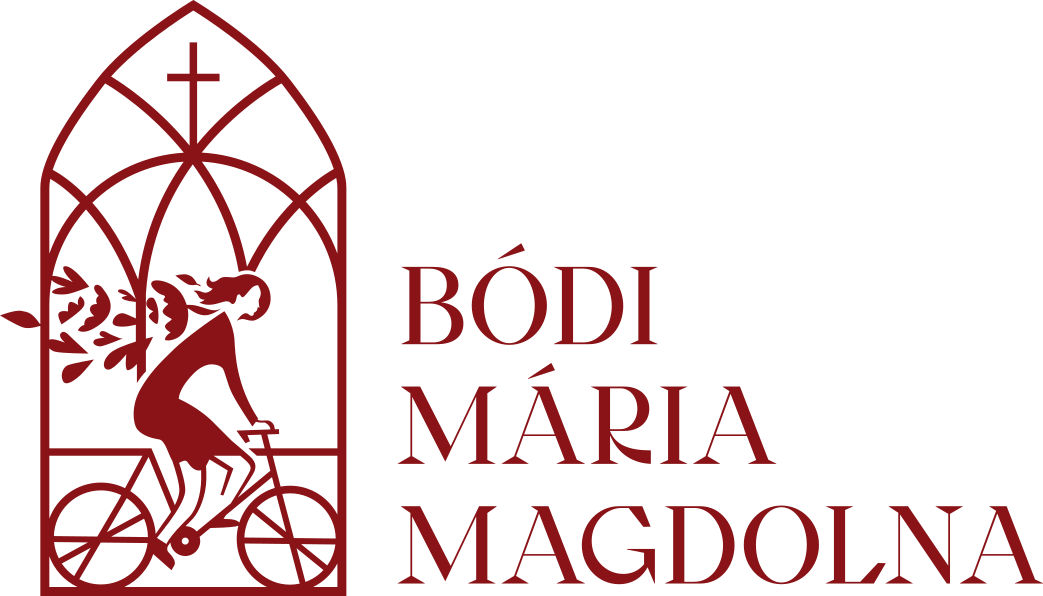Then he said to him: “Jesus, remember me when you come into your kingdom.”
He replied: “Truly, I say to you, today you will be with me in Paradise.”
(Lk 23:42–43)
Pope Leo XIII proclaimed the year 1900 as a jubilee year dedicated to the memory of the Redeemer. At the end of the Holy Year of 1925, on December 11, Pope Pius XI instituted the Feast of Christ the King, drawing attention to the fact that the Incarnation and the redeeming death of Christ constitute His royal work: the salvation of the world.
“Therefore, by our apostolic authority, we institute the feast of Our Lord Jesus Christ, the King, to be celebrated each year on the last Sunday of October throughout the entire world. … On that day, let the consecration of the human race to the Most Sacred Heart of Jesus be renewed annually, as our predecessor, Pope Pius X of holy memory, had already ordained.”
(Quas primas, Encyclical)
Since 1969—according to the decision of the Liturgical Renewal of the Second Vatican Council—the Feast of Christ the King is celebrated on the last Sunday of the liturgical year.
Blessed Magdolna Bódi made her private vow of chastity on October 26, 1941, the Sunday of Christ the King, before the altar of the Sacred Heart of Jesus in the church of Balatonfűzfő. Her entire life bore witness to the everyday living of Christ’s love toward her fellow human beings and to steadfastness in Christian virtues. Magdi was a simple, ordinary young woman, much like many others. She possessed no exceptional talents, nor did she come from an especially religious family, unlike her role models, Saint Thérèse of Lisieux, the Venerable Margit Bogner, or the Venerable István Kaszap.
She had to struggle daily—enduring mockery and ridicule for her faith, facing difficult family and financial circumstances, suffering unjust and humiliating rejections, enduring trials related to her vow of purity, and confronting both external pressures and the inner battles of body and soul. Yet her faith helped her give responses pleasing to Christ in both worldly and spiritual challenges. Undoubtedly, there were moments when she faltered.
But the constant practice of virtue revealed in her life—frequenting the sacraments, prayer, participation in Mass and devotions, fasting, and self-denial offered for others—steadily strengthened her, enabling her, through many small daily choices, to make the decision pleasing to God even in the most difficult moments. She accepted the love of Christ the King, the Redeemer, and radiated this love to those around her. She did not shrink from worldly or spiritual trials, drawing her strength from her unwavering faith in the eternal kingdom of Christ the King.
Her life stands as a testimony to Christlike love shown toward her fellow human beings. At the moment of her martyrdom—accepted freely out of fidelity to Christ—she prayed to her royal Bridegroom, the Redeemer:
“My Lord and my King! Take me to Yourself!”


